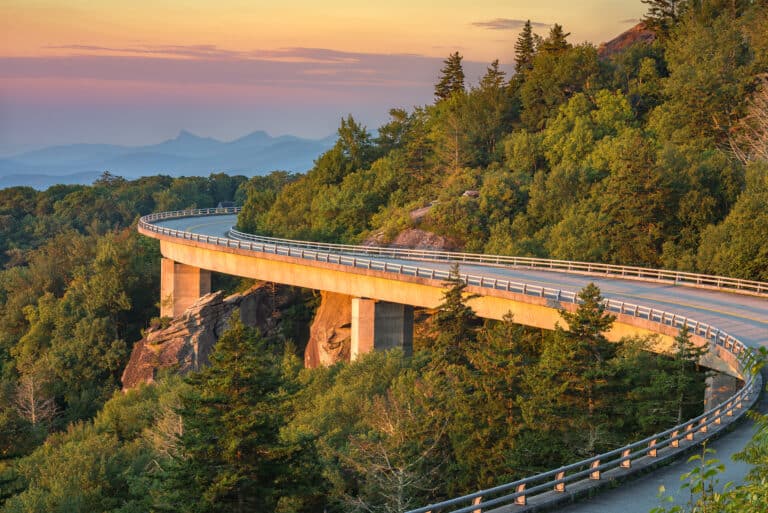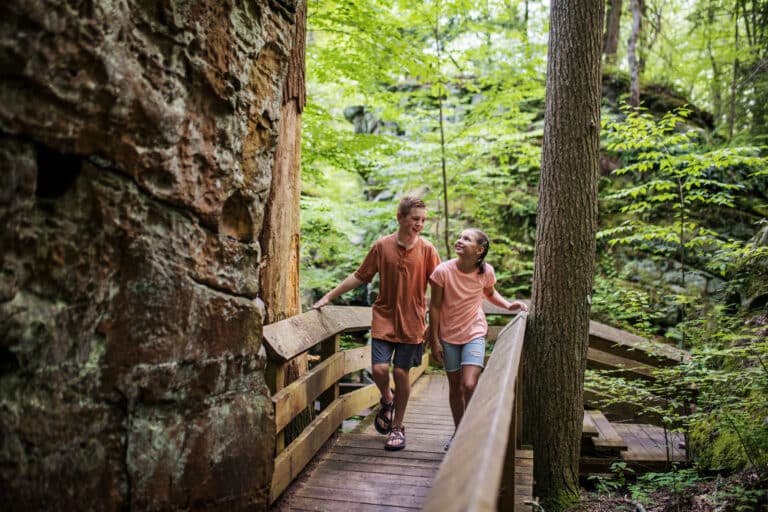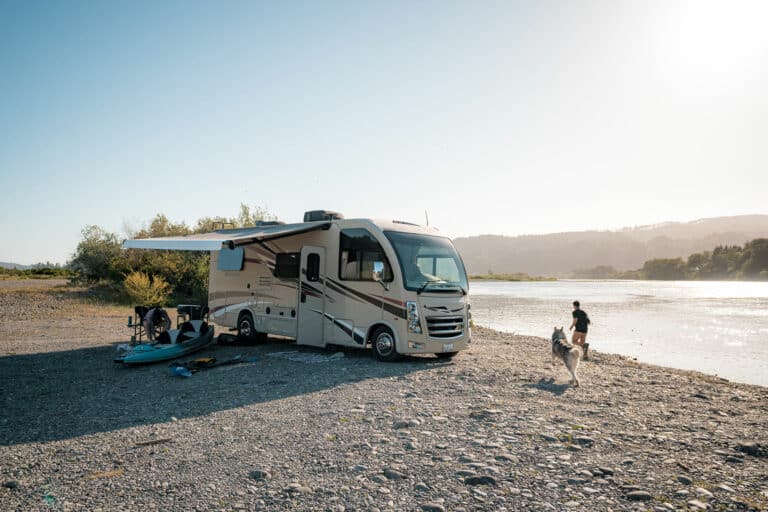<em>-Danny Bernstein</em>
You want to spend your time hiking-not reading about it. So we’ve done the homework for you. Here are ten essential Southeastern hiking reference books that belong on every hiker’s shelf:
1. HIKING TRAILS OF THE SMOKIES
<br />The Third Edition includes new trail profile charts, expanded trail narratives, and revised trail mileages. It covers the 150 official trails in Great Smoky Mountains National Park. If the trail isn’t in this book, you’re on an unmaintained trail. To get your Smokies 900 patch, you need to do all the trails in the book, about 800 miles.
2. A.T. DATA BOOK-2007
<br />This thin book is a consolidation of basic information from all 11 A.T. guidebooks into a lightweight table of distances between major Appalachian Trail shelters, road crossings, and features-divided according to the guidebook volumes and updated each fall to account for relocations, current shelters, and other changes. It’s only 96 pages. Of course, the actual guidebooks would be a better investment, if you are hiking the whole trail.
3. LONG TRAILS OF THE SOUTHEAST, BY JOHNNY MOLLOY.
<br />Perhaps you’ve done the A.T. and are wondering what long distance trail you can do next in the East. Or you can’t see devoting six to seven months to a 2,175-mile trail but want a long-distance trail experience. This is where Long Trails of the Southeast comes in. Molloy has documented seven long-distance trails for a total of 600 miles. He calls the Foothills Trail, which goes through the Jocassee Gorge, the “most unsung, underrated long trail in the Southeast.”
4. WALKING THE BLUE RIDGE: A GUIDE TO THE TRAILS OF THE BLUE RIDGE PARKWAY, BY LEONARD M. ADKINS.
<br />If you live or hike in the Blue Ridge, you are intimately connected to the Blue Ridge Parkway-the most visited park unit in the U.S. Most people just drive it but there are miles of trails which take off from the Blue Ridge Parkway. You can just step out of your car and walk less than a tenth of a mile to a viewpoint or you can hike 10.6 strenuous miles on the Rock Castle Gorge Trail from MP 167.1.
5. CIRCUIT HIKES IN SHENANDOAH NATIONAL PARK, BY JAMES W. ENDONT.
<br />Shenandoah is a linear park and finding circuit hikes is not easy. This guide describes 42 routes in 30 different areas of the park, as well as options to extend or shorten several circuits. Distances range from 1.7 to 14.4 miles.
6. WILDFLOWERS OF THE SMOKIES, BY PETER WHITE.
<br /> This field guide has almost all the flowers you’ll see in the Southern Appalachians, fits in your pocket, and is organized by color-the easiest way to find flowers quickly when you’re trying to make miles on the trail.
7. NATIONAL AUDUBON SOCIETY FIELD GUIDE TO NORTH AMERICAN TREES-EASTERN REGION, BY ELBERT LITTLE.
<br />When it comes to identifying trees, I need all the help I can get. Little was the chief dendrologist, a tree expert, for the U.S. Forest Service. The photographs in his book show the bark, flowers, fruit and leaves in several groupings.
8. A FIELD GUIDE TO THE BIRDS OF EASTERN AND CENTRAL NORTH AMERICA BY ROGER TORY PETERSON AND VIRGINIA MARIE PETERSON.
<br />A classic and my favorite. Birding and hiking often do not mix. Birders carry binoculars and want to stop; hikers want to move. So the weight of a birding book is not as crucial as the weight of a trail guide. This one is featherlight and paxked with the essential info for birding on the go.
9. THE cREAT SMOKIES: FROM NATURAL HABITAT TO NATIONAL PARK, BY DANIEL S. PIERCE.
<br />The book discusses the human and political history of the park and is the book to start with if you want to learn about the history of the Smokies. According to Pierce, the movement to save the Smokies from the loggers was driven by a coalition made up of a few outdoor enthusiasts and a larger, more influential faction of people who saw the park as a way to secure the economic future of the region.
10. SUPER-SCENIC MOTORWAY: A BLUE RIDGE PARKWAY HISTORY, BY ANNE MITCHELL WHISNANT.
<br />There are so many myths about the Parkway. Though construction began at the height of the Great Depression, Whisnant debunks the popular perception that the parkway was a New Deal job creation project for the impoverished Southern Appalachians. The road was actually intended to boost auto tourism between two new national parks, Shenandoah and the Great Smokies. Whistnant tells the history, culture, and politics of building the Parkway in a readable manner.







